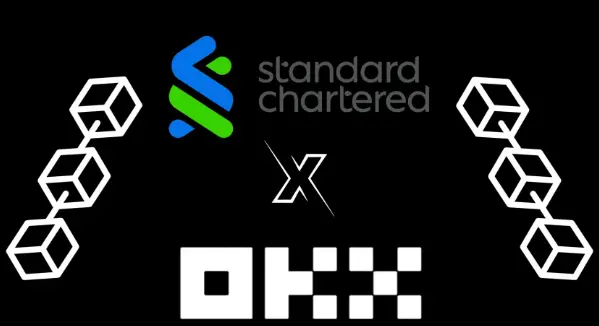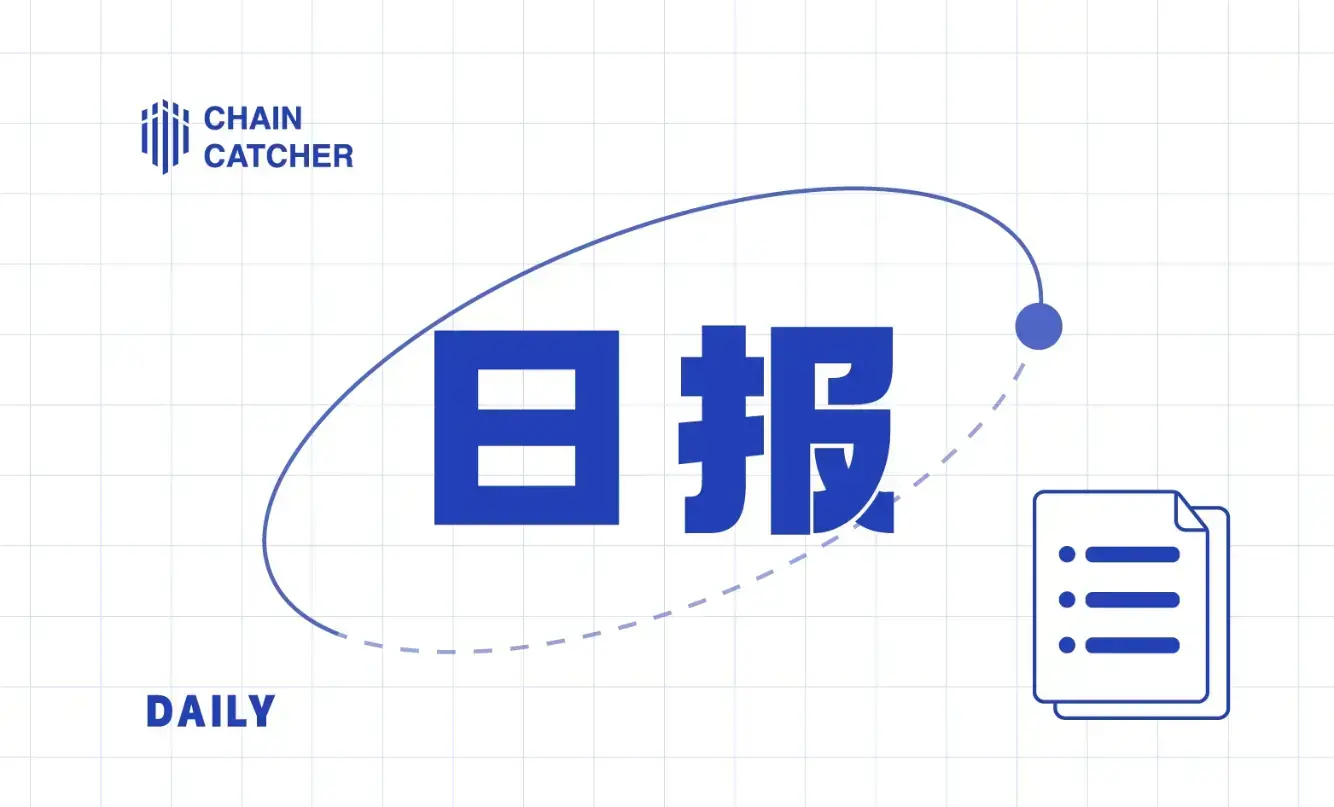Countdown to the fourth halving, witness a new era of Bitcoin with OKX
Author: 0xFat
Looking back, since its inception in 2009, Bitcoin has experienced three halving events. The first halving occurred in November 2012, when the reward for mining a block was reduced from 50 BTC to 25 BTC. The second halving took place in July 2016, further decreasing the block reward to 12.5 BTC. After that, Bitcoin began to gain more mainstream recognition and adoption, and with factors such as supply and demand influencing the market, the price of Bitcoin surged significantly after the second halving. Although there is no evidence to prove that halving drives price changes, the expectation of the "halving effect" has begun to take root in people's minds.
In May 2020, Bitcoin faced its third halving, reducing the mining reward to 6.25 BTC. This was a particularly unique halving cycle, coinciding with a global pandemic and macroeconomic adjustments, making the factors influencing market trends numerous and complex. Now, the fourth halving is approaching.
Historical data shows that during the periods following Bitcoin's first two halvings, the price of Bitcoin experienced significant growth. Past data provides a reference for people to observe and predict its future market trends.

What are the differences in this halving compared to previous ones?
Historically, Bitcoin's price increases have been related to macroeconomic cycles, supply and demand dynamics, regulatory policies, and ecological innovations. Halving primarily changes the supply-demand relationship, which is not much different from previous halvings. However, it is important to note that the approval of Bitcoin spot ETFs and the emergence of innovations related to inscriptions are driving structural changes in the Bitcoin market.
According to SoSoValue data, the total net inflow for Bitcoin spot ETFs reached $179 million on March 28. Yesterday, Grayscale's GBTC saw a net outflow of $104 million, with a historical net outflow of $14.77 billion. The Bitcoin spot ETF with the highest net inflow yesterday was BlackRock's IBIT, which saw a net inflow of approximately $95.12 million, bringing its historical total net inflow to $13.96 billion. As of the time of writing, the total net asset value of Bitcoin spot ETFs is $59.1 billion, with an ETF net asset ratio (market cap relative to Bitcoin's total market cap) of 4.25%, and a historical cumulative net inflow of $12.12 billion. The continued adoption of Bitcoin ETFs may significantly absorb selling pressure and potentially reshape the market structure of Bitcoin, providing a new source of stable demand.
In fact, one can refer to the development trends of gold ETFs to glimpse the future of Bitcoin spot ETFs. In November 2004, the first gold ETF in the U.S. — SPDR Gold Shares (GLD) — was born, accumulating over $1 billion in assets within just three days. In its first year, GLD's assets under management (AUM) quickly rose to over $3 billion. By 2023, the global gold ETF market had reached approximately $150 billion in assets under management, demonstrating the profound and lasting impact of these investment tools on the gold market.
Moreover, the emergence of inscriptions has revitalized on-chain activity. As of February 2024, over 59 million NFT-like collectibles have been inscribed, generating over $200 million in transaction fees for miners. With the rollout of Bitcoin ecological innovation protocols like Runes, the vitality of the Bitcoin ecosystem is likely to continue to be stimulated.
Of course, more importantly, Bitcoin, as the cornerstone of crypto, has a strong value consensus globally.
Currently, the total number of Bitcoin addresses has exceeded 1.2 billion. According to tokenterminal, Bitcoin's monthly active users are approximately 13.7 million, with on-chain transfer data at 17.5 million. In terms of on-chain data growth, Bitcoin's blockchain size is about 507GB, which has increased by 70% compared to three years ago. These figures reflect the explosive growth in the usage of crypto assets, especially Bitcoin.
Stepping into a New Era of the Bitcoin Ecosystem with Long-term Builder OKX
As an active builder in the development of the Bitcoin ecosystem, the OKX R&D team has always been inspired by the origins of Bitcoin and its geek spirit, which is also the core reason why OKX was able to enter the ecosystem construction support work at the first opportunity.
Since last year, the emergence of the Ordinals protocol and the BRC-20 token standard has brought a wave of inscriptions, redirecting attention to asset issuance protocols on Bitcoin. This has led to the emergence of diverse asset issuance protocols such as Atomicals, Runes, BTC Stamps, and Taproot Assets, as well as ARC-20, SRC-20, and ORC-20. Essentially, the inscription track has introduced a new model of Fair launch to the market, bringing significant attention to the Bitcoin ecosystem and rekindling interest in it.
In addition to asset issuance protocols and scaling solutions, an increasing number of projects are emerging in the infrastructure sector, such as wallets supporting inscriptions, decentralized indexers, cross-chain bridges, launchpads, and more, all flourishing in development. On the foundation of asset issuance protocols at layer one and infrastructure construction at the application layer, the OKX Web3 team has been continuously making efforts, having previously taken the lead in supporting the Ordinals market and achieving remarkable results.
As early as July last year, the OKX Web3 Ordinals market became the largest marketplace for BRC20 token trading. Now, with the continuous development of the Bitcoin ecosystem, the OKX Web3 team is actively engaged in various aspects of Bitcoin ecosystem construction, including wallet tools, browsers, trading markets, protocol standards, cross-chain bridges, and Bitcoin Layer 2. On one hand, OKX DEX has supported cross-chain trading for Bitcoin from the early stages, and on the Layer 2 scaling solutions, OKX Web3 is also gradually supporting the integration of related projects, such as Babylon, Merlin, and B². Additionally, it is worth noting that the OKX Web3 wallet has launched a Runes market page, which will support this protocol at the first opportunity, allowing users to mint and trade Runes protocol assets.
Currently, OKX Web3 provides users with a one-stop exploration experience of the Bitcoin ecosystem. Users can easily acquire and trade assets through the Web3 wallet; discover and participate in popular projects in the Bitcoin ecosystem; and directly access the DeFi sector to achieve on-chain staking of Bitcoin assets, enjoying low gas fees and on-chain yields.
Furthermore, as an investment fund under OKX, OKX Ventures is committed to supporting the innovative development of the Bitcoin ecosystem. It has already invested in projects such as ALEX, B² Network, Bitmap Tech, Babylon, bitSmiley, BounceBit, Nubit, Portal DeFi, and Zeus Network. According to previous reports, OKX Ventures will allocate $10 million to continuously invest in and support emerging entrepreneurs in the BTC ecosystem, accelerating the advancement of blockchain technology while providing services and resources to help partners grow together.
Looking back at Bitcoin's development over the past decade, each cycle has been an evolution, and OKX, which has accompanied Bitcoin's growth and provided strong support for its ecosystem construction, is no exception. The Chief Innovation Officer of OKX once stated in an interview that some of the R&D team members were exposed to and studied the Bitcoin white paper around 2012, when Bitcoin was still popular only in geek circles, and every innovative idea was exciting. Since then, all of OKX's innovations have been inspired by that initial spirit. Now, with the arrival of the fourth halving, Bitcoin has entered a new development cycle. For OKX, whether in Web3 business, exchange operations, or supporting innovation, it will continue to innovate alongside Bitcoin and the crypto industry for the next decade.
Disclaimer:
The content of this article is for reference only and does not constitute or should not be viewed as an invitation, offer, solicitation, or recommendation for any product trading or investment advice; investment should be approached with caution, as digital asset prices carry certain market risks and price volatility, especially trading in contracts and options, which are more susceptible to market risks and price fluctuations. Investing in digital assets carries risks and may even lead to the loss of your entire investment amount; therefore, digital asset trading may not be suitable for all investors. You need to understand the product's operating model and make your own judgment and investment decisions. Please be responsible for understanding and complying with local laws and regulations.








